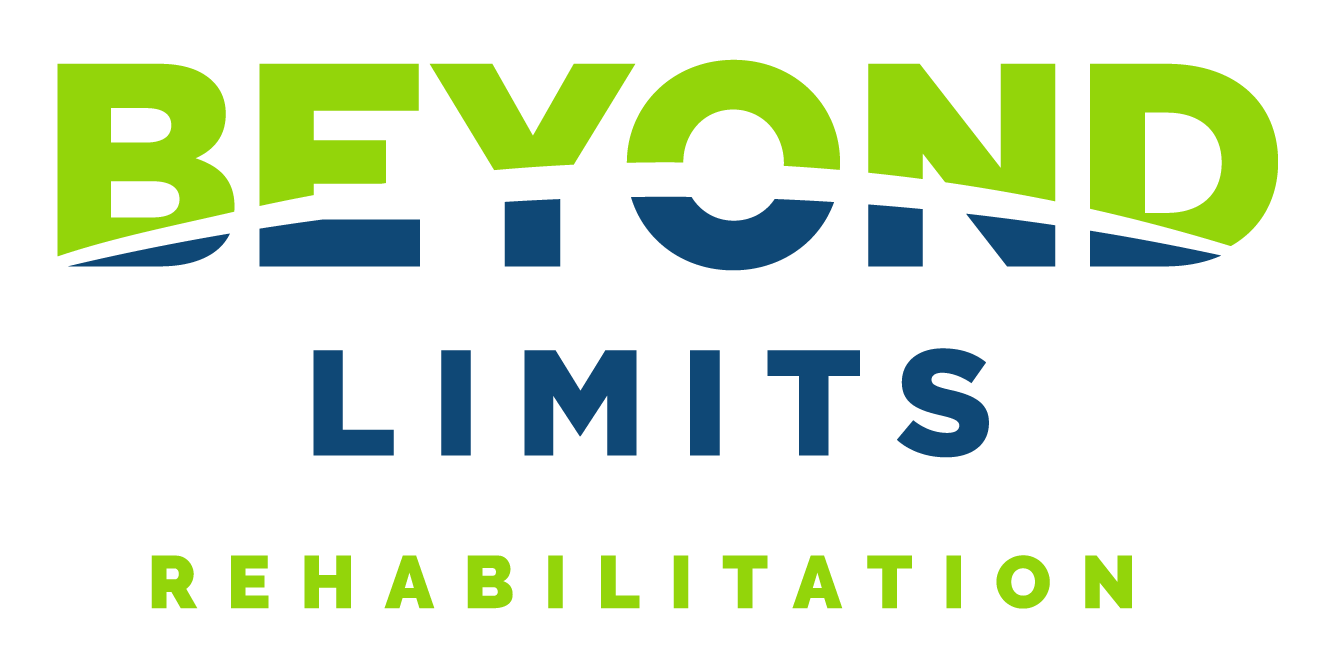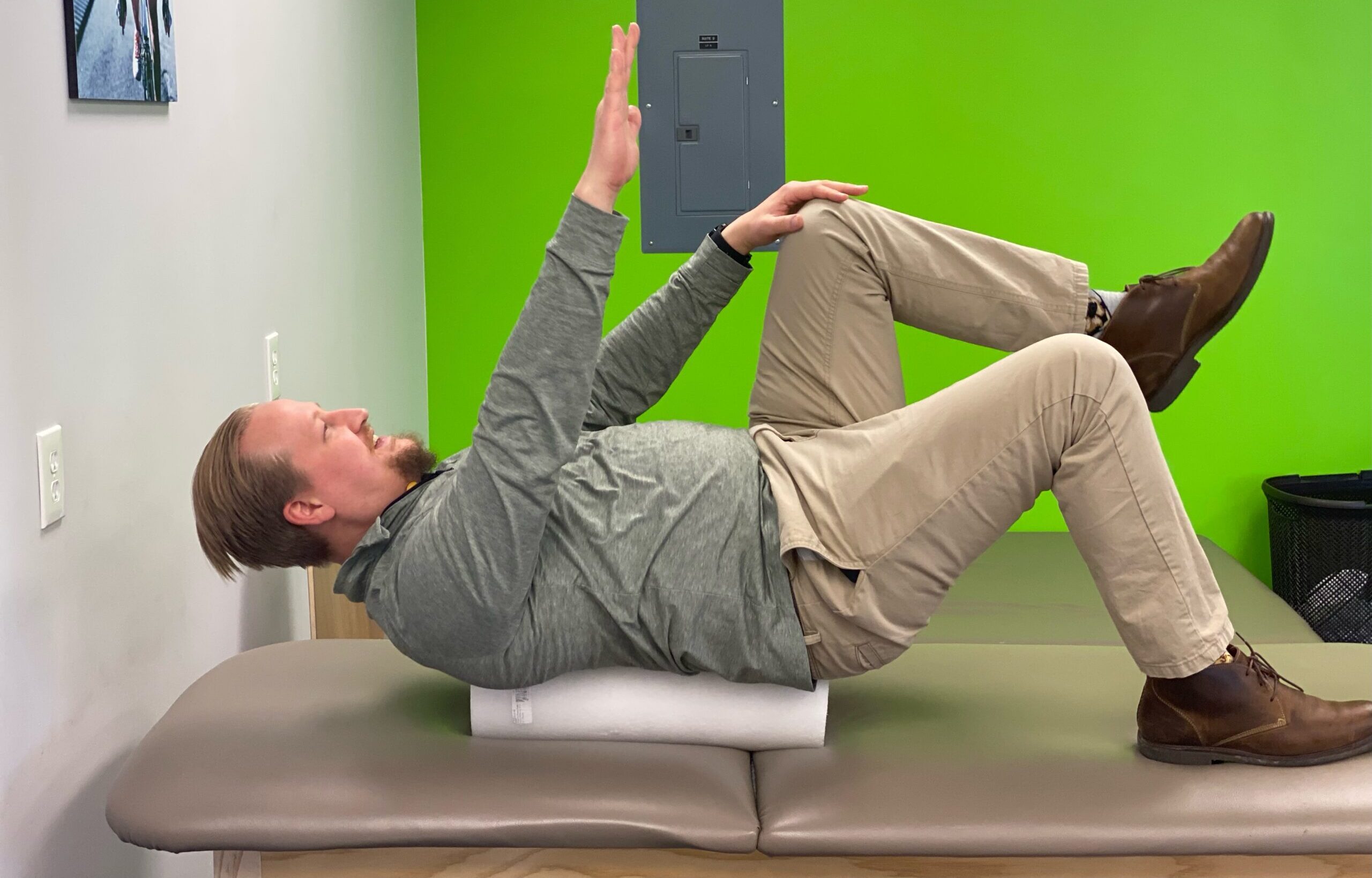As a Physical Therapist, I get a lot of questions from patients, friends, and family about “foam rolling”. It usually goes something like this: “Hey my hammies are really tight, so I got a foam roller to get them stretched out. Think that will help?” or sometimes, “I got a foam roller to help with my soreness after a workout, how long should I do it for?”, and commonly “My IT bands are tight, should I get a foam roller?”
In the Physical Therapy clinic, we use foam rollers for a variety of reasons, but I wanted to address some of the common misconceptions about foam rollers, then talk about what they can be good for. I’ll give some tips and ideas on some things you can do with this versatile piece of equipment!
First, what is it? A foam roller is essentially a high-density foam cylinder. It has been popular in the fitness community for a while now and is used for everything from managing DOMS (Delayed Onset Muscle Soreness), to stretching, to massage, to treating injuries.
How does it work? Well, the proposed mechanism depends on what it is used for. For dealing with the post-workout soreness everyone is familiar with, many people use it during cooldown. The idea is that if you aggressively roll your body on the foam roller, you increase blood flow to the area and help get rid of “lactic acid build-up” to get rid of soreness. The problem with this explanation is that increased “blood flow” hasn’t really been shown to help mitigate soreness after a workout.
Additionally, does a foam roller increase blood flow? Probably yes, but maybe not for the reason you think. Foam rolling is usually a core workout and can get your heart rate up. Heart rate up = more blood flow, and so foam rolling may be a better general warm-up than a cool-down (it’s probably fine for either). Now, you may be thinking “but my skin gets red, isn’t that more blood flow?” Yes, sort of… that area of skin probably gets more blood flow as a result of something called reperfusion. If you compress your skin for a while, the skin turns white, this is called blanching. After prolonged compression, when the compression is removed, blood rushes back into the area and it turns red. That’s reperfusion. You also busted a bunch of small blood vessels in your skin and may get bruising if you did it hard enough. Does that help anything?
Well, enter the next explanation of using foam rollers for injuries. Some people think if you cause damage with friction or compression with foam rolling or other means, you activate the body’s healing response. This is the same idea as PRP injections. Nice idea, but the depth of tissue damage is probably not deep enough to affect tendons, muscles et cetera. Even if it does, we don’t really know if that is actually beneficial. Again, we are also not improving blood flow to the injured site, as I explained above. Are you creating inflammation? Yeah, so does getting punched. Does that mean we should just get beat up to heal our injuries? The above two explanations have a lot more to unpack that I cant fit in this post, like what is DOMS really? And why would we want to try to activate an inflammatory response?
Moving on, does foam rolling help with flexibility? Yes, short-term. After rolling, there is a short-term improvement in flexibility. If you try to touch your toes, go foam roll, then try it again, you most likely will be able to go down further. You can do that by stretching for the same amount of time as well, or by lifting weights involving your legs, sprinting, maybe even cardio. Movement helps flexibility. What is happening deals with your nervous system’s preset programming for how far to let your muscles lengthen to keep you safe. If you aren’t used to touching your toes, you are less likely to go as far because your nerves aren’t used to letting you go that far. If you go warm-up, foam roll, or stretch a bunch, maybe even massage, you will probably go farther because you primed your nervous system for movement, or messed with the sensory system involved with those muscles. Will this make you more flexible overall in the long term? If you spend more time touching your toes, you will probably touch your toes easier, and there is probably a minimum amount that you need to do to make a difference, (a little every day or a lot a few times per week). Will you improve the actual physical length of your muscles? Not by foam rolling. It can be a part of your routine, but changing muscle length takes A LOT of very dedicated work, you are probably involved in a sport or activity that makes you do it to get that dedicated.
“OK” you say, “So I’m throwing this foam roller in the garbage!” Not so fast. A foam roller makes a great fulcrum, for example, to make it easier to stretch out and straighten your mid-back when you have been on the computer for a long time. That can be a very satisfying and pain-relieving technique especially if your mid-back feels “stuck”. You can pop your own back (in a good way) by laying on the floor with your mid-back across the foam roller. Then give yourself a hug and arch over the foam roller. You can move up and down your mid-back anywhere from the base of your neck to the bottom of your ribcage and do this. This can be quite an ab workout too! Foam rollers are great for positioning yourself for all sorts of exercises, especially for balance or core work. Try marching your feet while laying long ways on a foam roller. Hello core! Try planning with your hand or toes on a foam roller, or put your shins on a foam roller and pull your knees in. These are just a few examples of exercises you can do. As always, with any exercise, if you have any medical conditions such as osteoporosis, heart disease, high blood pressure, and many more, or if you just are pretty out of shape, it is best to check with a healthcare provider before engaging in these sorts of exercises.
Finally, you can do self-massage with a foam roller. I don’t recommend people go to the point of a lot of pain though, because there isn’t much additional benefit, unless that’s just your thing. Try not to roll over bones or tendons though, you can aggravate things this way. What about those darn tight IT bands? The IT band is one of the toughest bits of collagen in your body, and you cannot make it looser by rolling it nor stretching it. Most cases of “tight IT bands” are a symptom of weakness somewhere else, rather than really an IT band issue. Trust me, you would need to do surgery to lengthen an IT band. I wouldn’t bother rolling it unless you just like the feeling (I can’t imagine anyone enjoys this).
I hope this post was helpful, let us know if you like this type of content!





